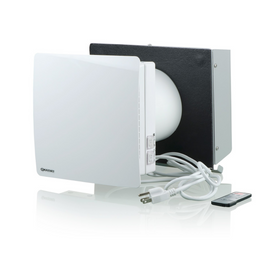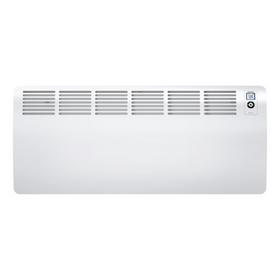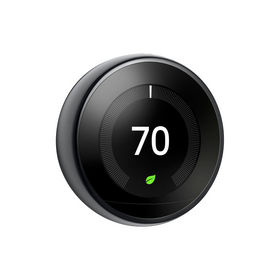
How to Lower Your Energy Bill When Travelling
Last Updated: Mar 10, 2025How to Lower Your Energy Bill When Travelling
After a three-week vacation with the family, it can be upsetting to come home, get settled back into the house, and find a nasty surprise. That, someone, left the faucet running in the guest bathroom and led to an astronomical water bill for that month. When you get your electricity bill about a week later, instead of saving a hundred dollars or so as you expected, the bill comes out to just about the same amount. Economically speaking, it is expensive to travel, so if you can save even a little bit on your home utility bills while on the road, that reduces the overall cost of your vacation.
Unfortunately, many homes have so many sources of phantom power and energy inefficiency in terms of heat loss that it can be challenging to save on energy while traveling. From an ecological and sustainability perspective, our country collectively loses between 2 and 4% of all the energy produced during transmission and distribution, amounting to around 69 trillion BTUs of wasted energy. Since it takes so much work to get that energy into your home, we need to conscientiously seek ways to reduce further energy waste inside our homes. This efficiency is especially important when we are not even there to enjoy and use that energy. Below, we offer the top five tips to help you save on energy when traveling and on vacation away from home.
Table of Contents
- Why Should You Adjust Your Thermostat While Travelling?
- How Much Energy Can Lighting Waste While Travelling?
- Why Should You Adjust the Water Heater While Travelling?
- Why Should You Unplug Your Devices While Travelling?

How Much Energy Can Lighting Waste While Travelling?
This step should be an obvious one, but many people forget to ensure that all the lights are turned or do a quick run-through of the house before leaving. One 100-watt incandescent light bulb left on will eat up about 2.5 kWh of electricity every day. This oversight will amount to an estimated extra $7.30 on your electricity if you are away for an entire month.
Due to safety considerations, some people might feel more comfortable leaving on a few lights in the house to give the appearance that someone is home. Investing in a lighting control system will allow you to turn on a few lights in your home during certain hours of the nighttime hours. Most of these smart lighting systems are connected to an app on your smartphone, which will allow you to control the lights in your home even if you are a thousand miles away. Alternatively, you can also use a simple light timer on certain lights in your home.

Why Should You Adjust the Water Heater While Travelling?
Most of us never even think about our water heater as it is an appliance usually buried away in some forgotten corner of the house or garage. However, this appliance is continually running and heating water around the clock. When no one is home to enjoy a warm shower, it is easy to see how this can lead to a significant source of energy waste. Today, several water heaters come with a "vacation setting." These settings allow you to lower the heat in the water to the lowest possible temperature, which will still ensure that water will not freeze in the tank or the lines.
If you are traveling during the summer, you can choose to turn off the circuit breaker that goes to the electric water heater. Ensure to run the hot water tap before reconnecting the hot water heater to ensure that there is still water in the tank. Turning on your electric water heater without water in the tank can cause extensive damage.
Why Should You Unplug Your Devices While Travelling?
Make sure to unplug the majority of electronic devices and kitchen appliances throughout your home. The typical American household has dozens of appliances and electronic devices that remain plugged into outlets 24/7. Many of those continue to use small amounts of energy even if they are "off" or in standby mode. From computers to TVs, DVDs, modems, lamps, coffee makers, and everything in between, you can save a lot of energy when away from home by taking ten minutes to unplug your devices. Smart plugs and powerbars can also help with this, without the hassle of unplugging everything, especially hard-to-reach places.

All of these little actions add up! Taking these few extra steps before you head out of town to save yourself a few dollars and relieve some strain from the grid is well worth it.
Tobias Roberts
Tobias runs an agroecology farm and a natural building collective in the mountains of El Salvador. He specializes in earthen construction methods and uses permaculture design methods to integrate structures into the sustainability of the landscape.












